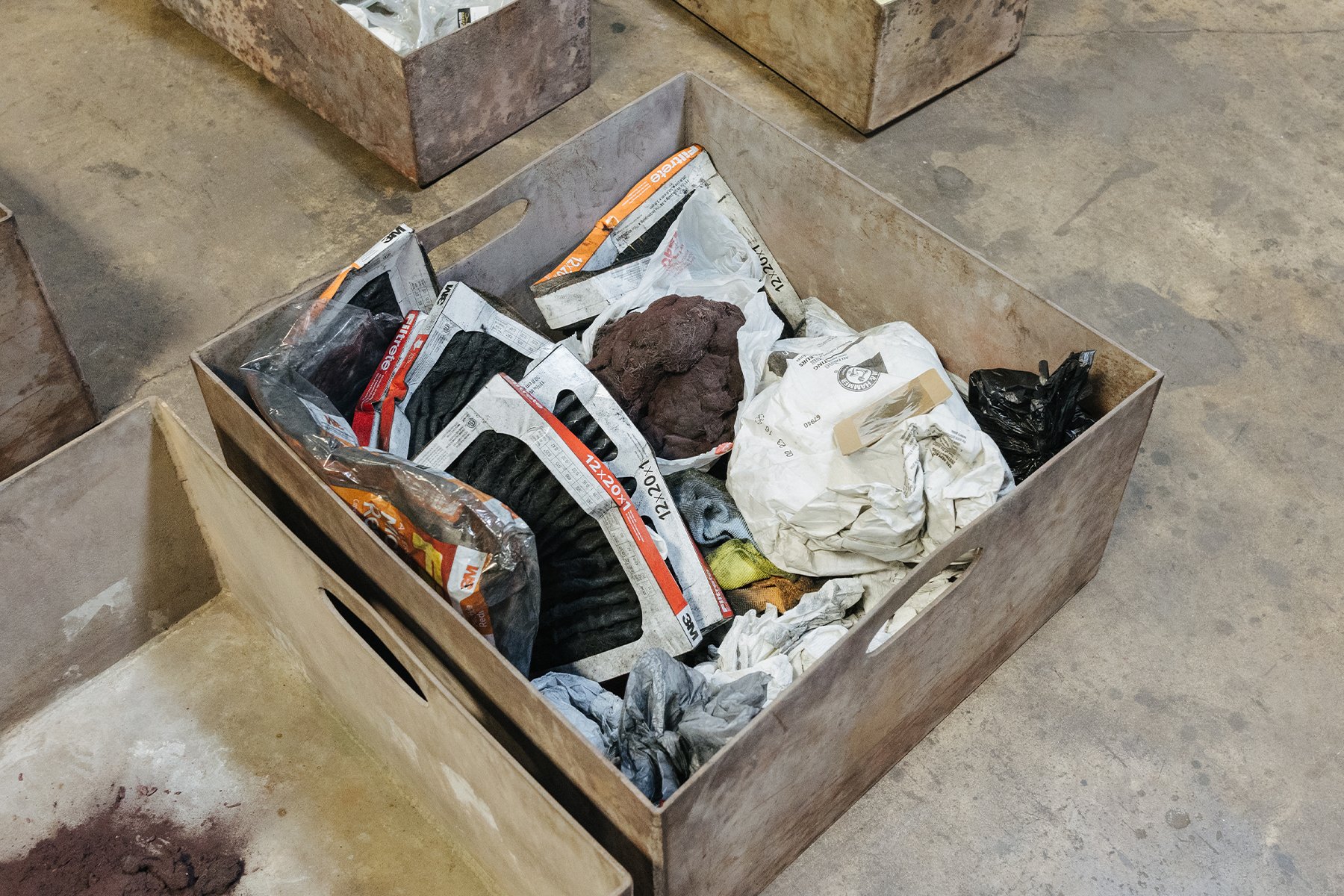Gold Recycling, Sweeps, and Burnables – Improving Your Bottom Line
Introduction
Gold recovery is a crucial part of any jeweler's business model, often helping boost profits by recycling and refining gold from various sources. Utilizing efficient recovery methods not only reduces waste but also offers economic benefits by extracting value from what would otherwise be lost. This article outlines several tips and methods jewelers can employ to maximize their gold recovery returns.
Collect Your Sweeps
One of the simplest methods of maximizing gold recovery is by collecting sweeps, the dust and particles that result from jewelry-making processes. Sweeps can contain significant amounts of gold, so they should be collected diligently. Keep a separate, dedicated area where you can securely store sweeps until you have enough to send for refining.
Install a Sink Trap
Installing a sink trap in your jeweler's sink can help recover gold that may be washed away during cleaning processes. The trap collects particles that would otherwise flow down the drain. Periodically clean the trap and save the collected material for refining.
Use a Dust Collector
A dust collector can be a valuable investment to ensure minimal gold loss. It works by drawing in air from your workspace, capturing the tiny gold particles in a filter, and then releasing the cleaned air. The collected dust can then be sent for refining. Regular cleaning and maintenance of your dust collector ensure its efficiency and longevity.
Invest in a Jeweler's Bench Catch
A jeweler's bench catch, also known as a bench skin, is a simple tool that attaches to the underside of your jeweler's bench. It's designed to catch gold particles and filings that fall during work. Regularly collect the captured particles from the bench catch and store them for refining.
Implement Sticky Floor Mats
Sticky floor mats are a simple yet effective way to capture gold dust that might otherwise end up on your shoes and be tracked out of your workspace. Place these mats around your work area and replace them when they lose their stickiness.
Additional Tips for Gold Recovery
Ceramic Crucibles: When melting gold, using ceramic crucibles can be beneficial as the gold does not readily stick to them, minimizing loss during the process.
Polishing Station: Dedicate a polishing station equipped with dust collection. Gold particles often fly off during the polishing process, and a dust collection system ensures you capture these particles.
Use Aprons and Dedicated Clothing: Wearing a dedicated apron or clothing while working can capture gold dust. These items can then be processed in a controlled environment to recover the gold dust.
Clean Your Equipment Regularly: Regularly clean your tools and equipment to prevent the accumulation of gold dust. The cleaning residue can then be collected and sent for refining.
Separate Different Karats of Gold: Keep different karats of gold scrap separate. This helps ensure accurate evaluation and pricing when you send your scrap to the refiner.
Summary
Effective gold recovery requires a keen eye for detail, but by implementing some of the straightforward methods outlined, jewelers and technicians can significantly increase their gold recovery, directly impacting their bottom line. It's also worth noting that these practices contribute to a more sustainable jewelry industry by reducing waste and encouraging recycling. And, most importantly, implementing efficient recovery methods is a practical step towards maximizing your returns.


